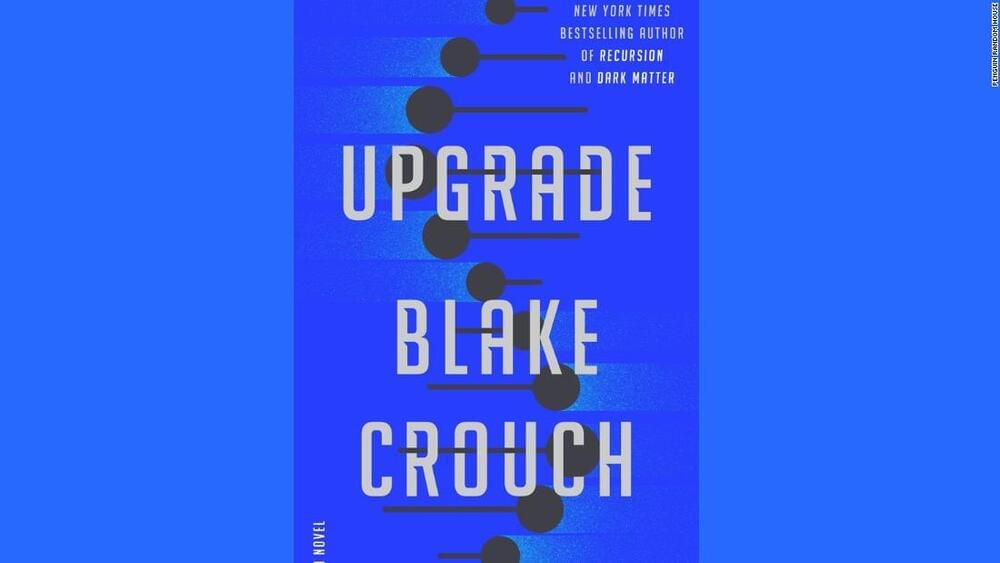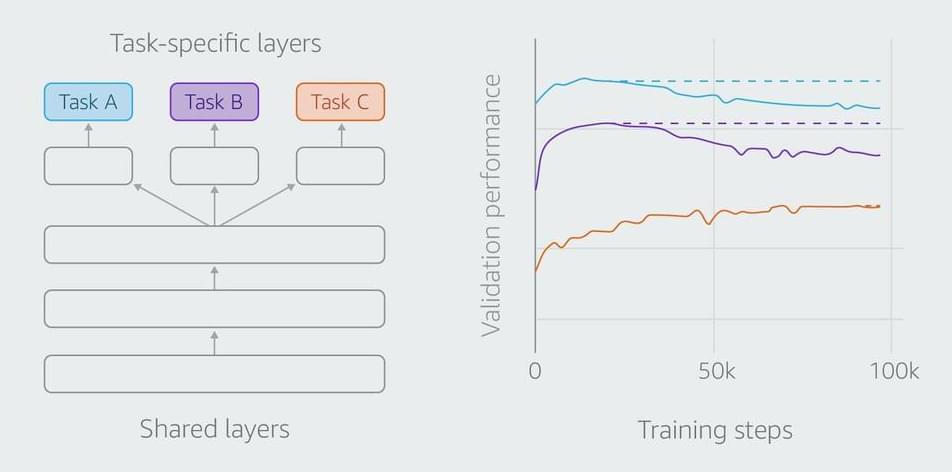This mismatch creates a child-care crisis between 3 and 5 p.m. that has parents scrambling for options.



Berkeley Lab scientists assess the technology landscape for developing a domestic source of lithium.
If you had a jar of marbles of many different colors but wanted only the green ones, how could you efficiently pick them out? What if it wasn’t marbles but a jar of glitter, and there was sand, glue, and mud mixed in? That begins to describe the complexity of the brine pumped out from beneath California’s Salton Sea as part of geothermal energy production.
For geothermal fields around the world, produced geothermal brine has been simply injected back underground, but now it’s become clear that the brines produced at the Salton Sea geothermal field contain an immense amount of lithium, a critical resource need for low-carbon transportation and energy storage. Demand for lithium is skyrocketing, as it is an essential ingredient in lithium-ion batteries. Currently there is very little lithium production in the U.S. and most lithium is imported; however, that may change in the near future.
Researchers from the U.S. Department of Energy’s Lawrence Berkeley National Laboratory (Berkeley Lab) have recently published a comprehensive review of past and current technologies for extracting minerals from geothermal brine. The review, published in the journal Energies, discusses and evaluates a broad array of technologies used for extraction of lithium from brines. The review finds that geothermal brines in the Salton Sea region of California are expected to be a major domestic source of lithium in the future but that significant technical challenges need to be overcome.



EPFL researchers have used swarms of drones to measure city traffic with unprecedented accuracy and precision. Algorithms are then used to identify sources of traffic jams and recommend solutions to alleviate traffic problems.
Given the wealth of modern technology available—roadside cameras, big-data algorithms, Bluetooth and RFID connections, and smartphones in every pocket—transportation engineers should be able to accurately measure and forecast city traffic. However, current tools advance towards the direction of showing the symptom but systematically fail to find the root cause, let alone fix it. Researchers at EPFL utilize a monitoring tool that overcomes many problems using drones.
“They provide excellent visibility, can cover large areas and are relatively affordable. What’s more, they offer greater precision than GPS technology and eliminate the behavioral biases that occur when people know they’re being watched. And we use drones in a way that protects people’s identities,” says Manos Barmpounakis, a post-doc researcher at EPFL’s Urban Transport Systems Laboratory (LUTS).

NVIDIA introduces QODA, a new platform for hybrid quantum-classical computing, enabling easy programming of integrated CPU, GPU, and QPU systems.
The past decade has seen quantum computing leap out of academic labs into the mainstream. Efforts to build better quantum computers proliferate at both startups and large companies. And while it is still unclear how far we are away from using quantum advantage on common problems, it is clear that now is the time to build the tools needed to deliver valuable quantum applications.
To start, we need to make progress in our understanding of quantum algorithms. Last year, NVIDIA announced cuQuantum, a software development kit (SDK) for accelerating simulations of quantum computing. Simulating quantum circuits using cuQuantum on GPUs enables algorithms research with performance and scale far beyond what can be achieved on quantum processing units (QPUs) today. This is paving the way for breakthroughs in understanding how to make the most of quantum computers.
In addition to improving quantum algorithms, we also need to use QPUs to their fullest potential alongside classical computing resources: CPUs and GPUs. Today, NVIDIA is announcing the launch of Quantum Optimized Device Architecture (QODA), a platform for hybrid quantum-classical computing with the mission of enabling this utility.


Inspired by research into how infants learn, computer scientists have created a program that can pick up simple physical rules about the behaviour of objects — and express surprise when they seem to violate those rules. The results were published on 11 July in Nature Human Behaviour1.
Developmental psychologists test how babies understand the motion of objects by tracking their gaze. When shown a video of, for example, a ball that suddenly disappears, the children express surprise, which researchers quantify by measuring how long the infants stare in a particular direction.
Luis Piloto, a computer scientist at Google-owned company DeepMind in London, and his collaborators wanted to develop a similar test for artificial intelligence (AI). The team trained a neural network — a software system that learns by spotting patterns in large amounts of data — with animated videos of simple objects such as cubes and balls.

At NAACL HLT, Amazon scientists will present a method for improving multitask learning. Their proposed method lets the tasks converge on their own schedules, an… See more.
Allowing separate tasks to converge on their own schedules and using knowledge distillation to maintain performance improves accuracy.

Astronomers from MIT report today that they have discovered a mysterious signal with a pattern akin to a heartbeat, emanating from a far-off galaxy that is billions of light-years from Earth. Exactly what the source may be of this regular pulse of radio waves remains a mystery, as it is the first time that such a signal has been recorded.
They have identified the signal as a fast radio burst (FRB), which is typically an intensely strong burst of radio waves of unknown astrophysical origin that lasts only a few milliseconds at most. This new signal, labelled FRB 20191221A, is unusual, because it persists for up to three seconds, which is about 1,000 times longer than the average FRB. Within this time, there are shorter bursts of radio waves that repeat every 0.2 seconds in a clear periodic pattern, similar to that of a beating heart.
Since the first FRB was discovered in 2007, hundreds of similar radio flashes have been detected across the universe, most recently by the Canadian Hydrogen Intensity Mapping Experiment, or CHIME, an interferometric radio telescope that is located at the Dominion Radio Astrophysical Observatory in British Columbia, Canada. CHIME is designed to pick up radio waves emitted by hydrogen in the very earliest stages of the universe, but the telescope is also sensitive to fast radio bursts. Since it began observing the sky in 2018, CHIME has detected hundreds of FRBs emanating from different parts of the sky.